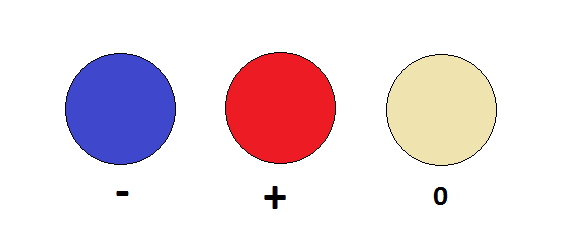I have used Morton Spears' simple atomic model (chapter 8) to explain the phenomena of gravity and inertia in light of Halton Arp's theory of intrinsic red-shift.
The jumps in red-shift observed by Halton Arp in quasars can easily be explained as "condensation" of electron positron pairs onto Morton Spears' protons and neutrons.
Pleased with this result, I've gone on to say that all electric phenomena can be explained in terms of Morton Spears' subatomic quanta, of which there are three kinds:
- positive quanta (charged)
- negative quanta (charged)
- neutral quanta (not charged)
I have claimed that charged quanta in atoms produce inertia and gravity, while free moving charged quanta produce electric currents and magnetism.
However, there is more to electricity than just electromagnetism. Electricity has all sorts of manifestations. Can Morton Spears' quanta account for all these manifestations?
In William J. Beaty's essay on Electricity from 1996, he enumerates 14 different ways to talk about electricity. Let us look at each one and see how Morton Spears' quanta can be used to explain them:
- Electric charge = a charged quantum
- Electrical energy = charged quanta in motion or stored separately
- Electrons = matter composed of 2 negative quanta and 1 positive quantum
- Electric current = charged quanta in motion
- Imbalance of charge = imbalance of charged quanta
- Electric field = imbalance of charged quanta, separated by a distance
- Voltage = imbalance of charged quanta
- Electric power = flow rate of charged quanta
- Spark = charged quanta moving in arch mode in a plasma
- Electromagnetism = charged quanta in motion
- Electrical science = the study of the effects of charged quanta
- Electrodynamics = the study of the effects of charged quanta in motion
- Electrostatics = the study of the effects of static imbalances in charged quanta
- Electrical phenomena = phenomena due to charged quanta
Interestingly, the phenomena of inertia and gravity can be directly linked to the charged quanta that make up matter. For completeness, the list should therefore include both inertia and gravity, which we commonly refer to as mass.
From this we get that all the things we know in the universe is electrical in some sense. The difference in appearance is merely due to the way the charged quanta behave. If they are interacting with each other to form matter, they produce inertia and gravity. If they move freely or stick to stuff statically they produce electric currents, magnetism, electrostatics, voltage, etc.
 |
| Morton Spears' three charge quanta |
No comments:
Post a Comment